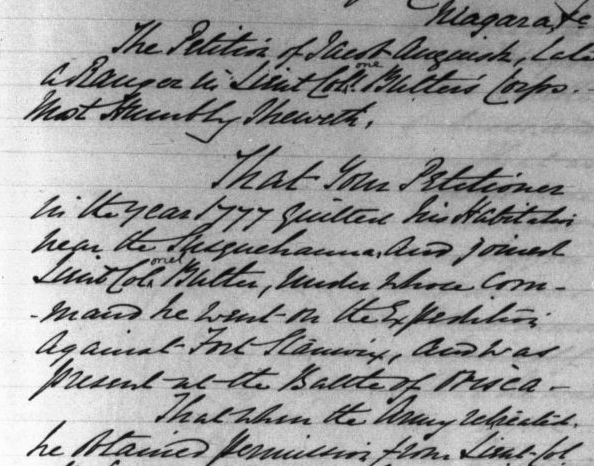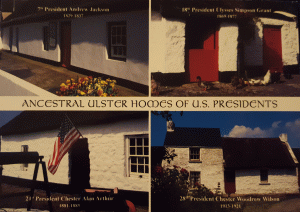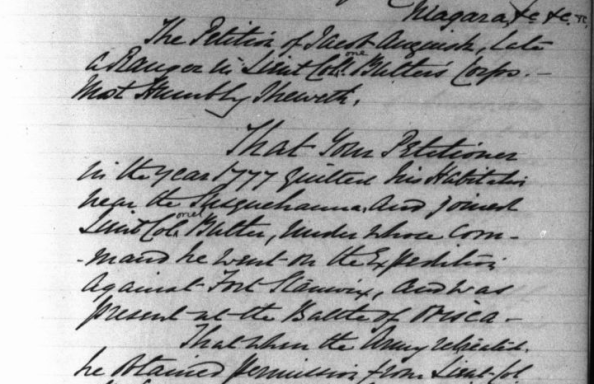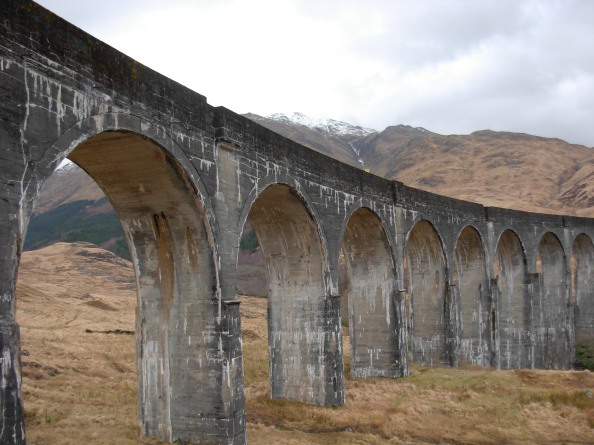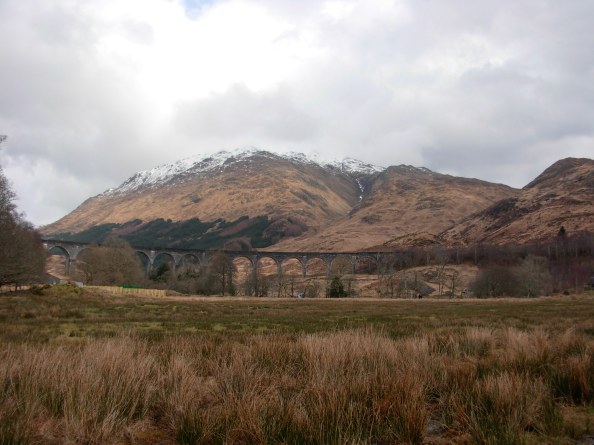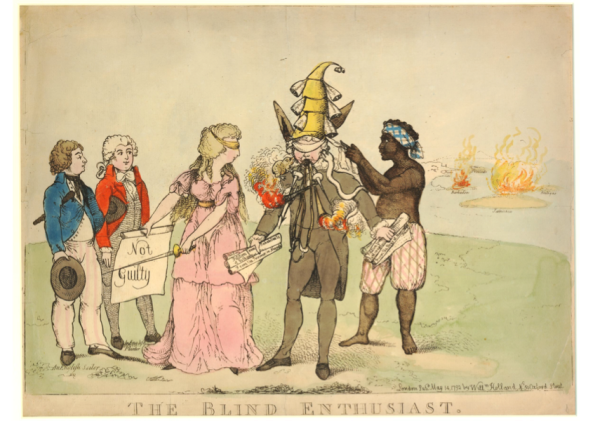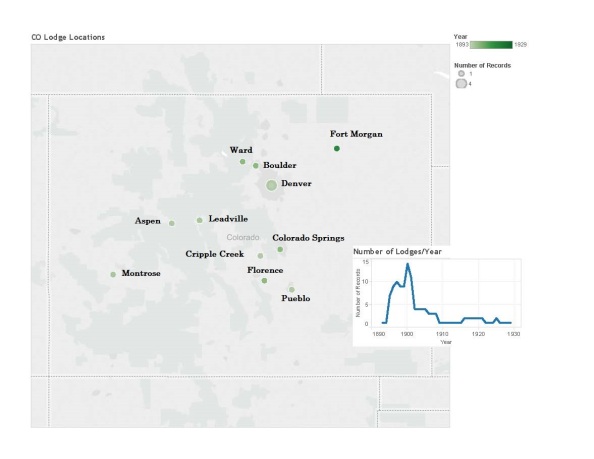Over the summer I was asked to take part in Glasgow’s Black History Month programme of events and started putting together a talk on ‘Slavery in the Arts in the Era of [British] Abolition’. I had previously looked at the importance of artwork, literature, and drama to the anti-abolitionists in establishing and demonstrating the existence of a culture of proslavery for both my PhD thesis and my book, Proslavery Britain: Fighting for Slavery in an Era of Abolition (Palgrave Macmillan, 2016). I also wanted to share some of my thoughts here on some of the uses of artistic depictions of slavery during abolition.
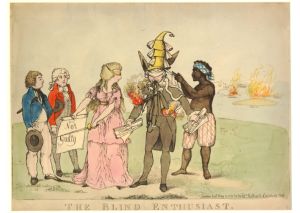
William Holland (publisher), ‘The Blind Enthusiast’, 1792 — Image credit: The British Museum
Works of art are vital sources of information. In theory, many types of artistic works could be seen, heard, and understood by a wider range of individuals than written works such as a periodical, newspaper, or pamphlet. They contain visual details that might not otherwise of have been captured by an author’s printed words. Information about Africans and people of African descent in the colonies was shared with a wide swath of the British public and British politicians by Britain’s anti-slavery societies and their opposition. Many of these artistic works could certainly have been created with the intention of swaying public opinion, but their form, being pieces of art, meant that they could also be passed off as a simply pieces of art.
There seems to have been four central uses of artwork, drama, song, literature, etc. that depict images of the enslaved in Britain in the later 18th and early 19th centuries:
- Art as a Leisure Pursuit
- Art as Information
- Art as Propaganda
- Art as a Commercial Endeavour
The divisions between the categories can be quite blurred, as you’ll see, depending on the author’s intention, the date of creation/publication, and the display or distribution of the item.
‘Reading’, analysing, and understanding artistic sources requires a range of techniques that are drawn from the fields of history, drama, art history, and language studies. Items need to be studied within a wider context:
- Where and when was it created?
- Who was the creator/artist/author?
- Who might have seen the work?
- Why might it have been made?
- How does the piece compare to other similar contemporary works?
- Are there any contemporary records that mention it? If so, where are the records from and what do they say about it?
Art is also an interpretation of its subject, so any analysis of a piece of artwork would be an interpretation of an interpretation.
This was a period of growth in the middling classes. People were encouraged to go out, visit newly opened galleries, expanded theatres, and circulating libraries in cities across Britain, share ideas in cafes with likeminded, politically-aware individuals, and develop ‘taste’ and an appreciation for the arts. The upper middling and upper classes also had the money and time to support the arts, read widely and build up a small home library, attend the theatre, collect some favourite political prints or caricatures, and have portraits painted to display within their homes.
People bought or borrowed books and tended to read aloud, allowing for others to share in the experience. Women will still discouraged from attending the theatre (due to the threat of being ‘corrupted’ by the experience); this demonstrates a heightened awareness of the theatre as political and influential, as well as the true mix of crowds in the stalls. Literacy rates were growing among men and women. Novels, known more in the 18th century as histories, romances, etc., became more popular and more common as literacy rates grew.
Portraiture was the most popular genre of art in 18th century Britain. Political prints, however, were a key part of making a politician or other individual recognisable to the wider public. Meanwhile, hundred of poems about slavery and the colonies were also published. Most of these were anti-slavery in nature, but a few supported the institution of slavery or the colonies in general.
A few key things have shaped how slavery would be depicted in the arts in the late 18th and early 19th centuries. First, by defining or classifying Africans and people of African descent as ‘black’ and Britons/Europeans as ‘white’, this automatically places the two in direct opposition with one another. This opposition can be magnified through an artist’s paint choice or pen strokes. In a pen and ink political print, for example, a ‘white’ subject might not have any colour or shading added to their skin, whereas a ‘black’ might be completely coloured in.
Second, as the century went on, we see that for the first time African or black subjects are being depicted as ‘familiar’ rather than ‘foreign’ subjects in some forms of art. This suggests a growing awareness or even a sense of familiarity of slavery or the role of Africans in the British colonies and in Britain. Abolitionists were striving to make the plight of African slaves on slave ships and in the colonies a familiar subject to the British public. They wanted to convince Britons that they could and should help induce Parliament to make a change and vote for abolition. Perhaps this shift in the role of blacks in British art is a sign of their efforts and denoted their later success.
I hope this has served as an informative, interesting introduction to art in the era of British abolition. Next week I’ll look at some specific pieces to show how art (and slaves) were used across the genres of artwork, song, literature, and drama.
Suggested Reading:
Kay Dian Kriz, Slavery, Sugar, and the Culture of Refinement: Picturing the British West Indies, 1700-1840 (New Haven: Yale University Press, 2008).
Agnes Lugo-Ortiz and Angela Rosenthal, eds., Slave Portraiture in the Atlantic World (New York: Cambridge University Press, 2013).
Jan Marsh, ed., Black Victorians: Black People in British Art 1800-1900 (Aldershot: Manchester Art Galleries, 2006).
Marcia Pointon, Hanging the Head: Portraiture and Social Formation in Eighteenth-Century England (New Haven and London: Yale University Press, 1993).
Hazel Waters, Racism on the Victorian Stage: Representations of Slavery and the Black Character (Cambridge: Cambridge University Press, 2007).
Karina Williamson, ed., Contrary Voices: Representations of West Indian Slavery, 1657-1834 (Kingston, Jamaica: University of the West Indies Press, 2008).
Marcus Wood, Blind Memory: Visual Representation of Slavery in England and America 1780-1865 (New York: Routledge, 2000).

